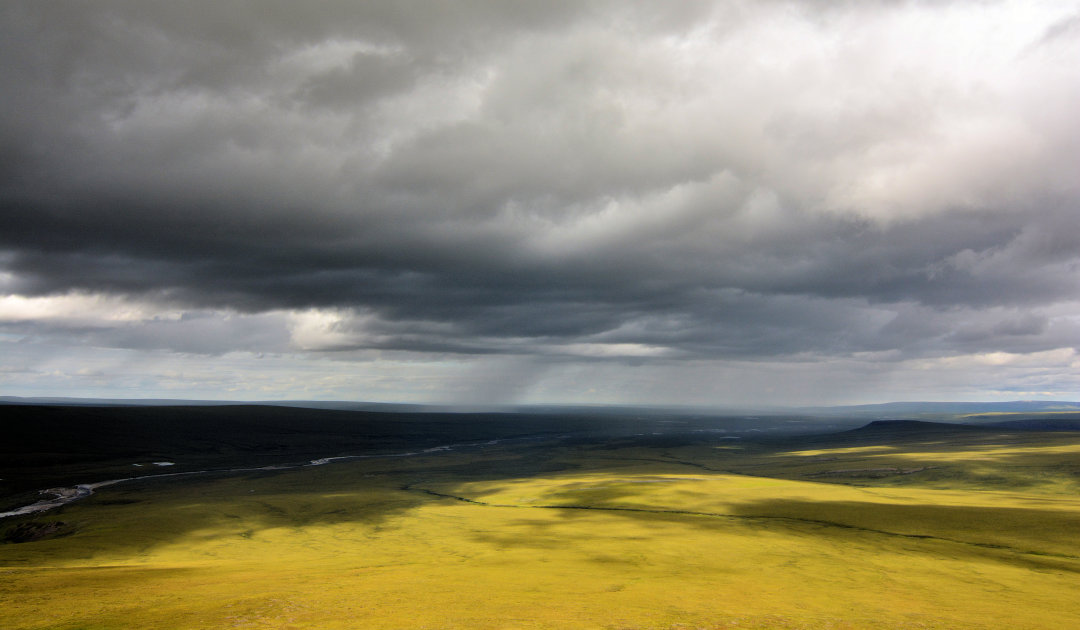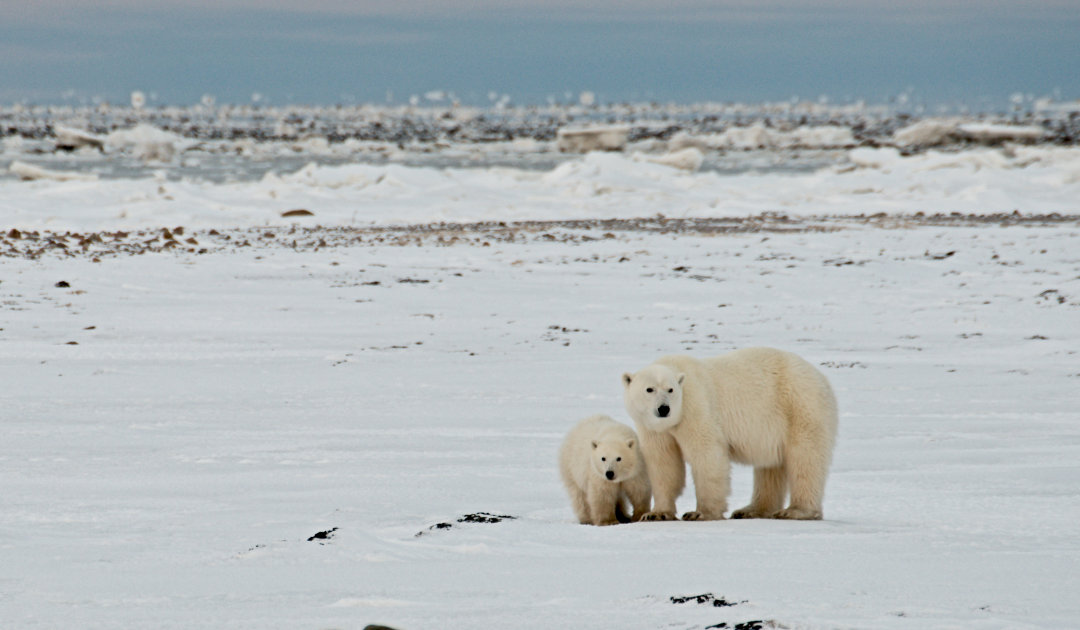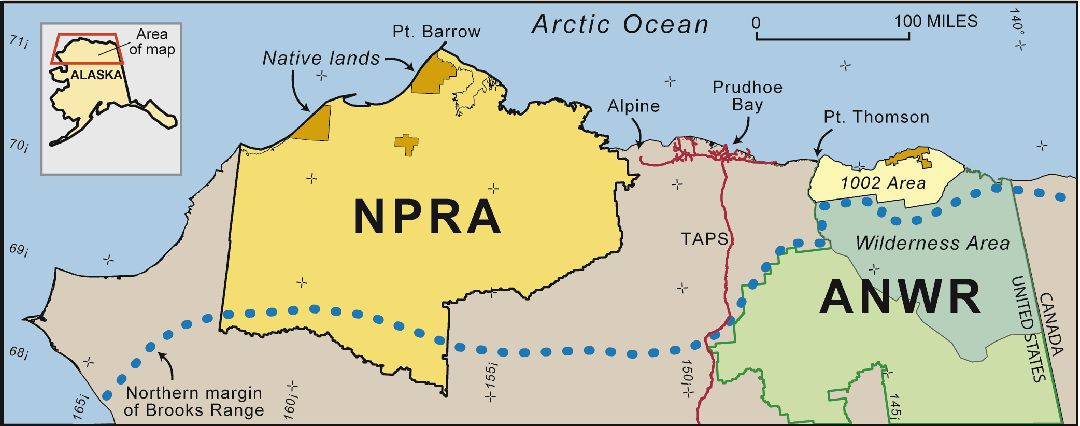
It is well known that the current US administration has its own opinion on climate change and its effects. In Alaska in particular, despite protests, resource-extraction programs have gained momentum in recent months, especially those along the northern coast of Alaska. Now it has become known that the head of the U.S. Geological Survey (USGS) had blocked deliberately for months an important study on the effects of resource extraction on nature and especially on polar bears.
James Reilly, who has served as head of the U.S. Geological Survey (USGS) since 2018 and was personally appointed by President Trump, had been preventing the publication of results of the study for at least three months, the Washington Post informed based on leaked memos. For example, he questioned the fact that a former USGS employee who now works for an advocacy company had collected data for the study and why the dens had not been counted individually.
“The long-term persistence of polar bears (Ursus maritimus) is threatened by sea-ice loss due to climate change, which is concurrently providing an opportunity in the Arctic for increased anthropogenic activities including natural resource extraction.”
Study U.S. Geological Survey
Remarkably, Reilly himself, as a trained geologist, has a scientific background and is well aware of the approach to such studies. It is also striking that Reilly asked his employees why the US Fish and Wildlife Service (USFWS) would need a published version of this study. By law, this agency is required to review and cite official USGS work to determine whether drilling activities would affect wildlife. Based on the USFWS’ statements, drilling permits can be issued if they detect no or minor disturbances. Polar bears are protected by federal law.

“Having this activity in maternal denning habitat means the activity is concentrated on the most vulnerable part of the population.”
Rosa Meehan, former head of U.S. Fish and Wildlife Services
The study examined how many polar bear dens can be found along the Alaskan coast, the so-called North Slope, and especially in the largest protected area in the US Arctic, and how the planned oil and gas extraction would affect the area and especially the polar bears. The researchers concluded that about 34 percent of all polar bear dens are located in the protected area alone, the Arctic National Wildlife Refuge. “The long-term persistence of polar bears (Ursus maritimus) is threatened by sea-ice loss due to climate change, which is concurrently providing an opportunity in the Arctic for increased anthropogenic activities including natural resource extraction,” reads the study, which is available to The Washington Post. This indirectly concludes that polar bears in the region would be adversely affected by the planned drilling activities. This is also the conclusion of the former head of USFWS, Rosa Meehan, in an interview with The Washington Post. “Having this activity in maternal denning habitat means the activity is concentrated on the most vulnerable part of the population,” explains Meehan.

“Suppressing reports by career scientists is a dangerous way to make policy and a waste of American taxpayer money.”
Nicole Whittington-Evans, Alaska Director at Defenders of Wildlife
The USGS’s official view is that withholding the results is not reprehensible. In a statement, the agency’s management “routinely reviews and requests additional information on scientific reports to best understand the technical data of key references that are used in the model conclusions.” But for former employees and Nicole Whittington-Evans, Alaska program director of the US Environmental Protection Organization “Defender of Wilddlife”, Reilly and the USGS are “unprecedented” and troubling. “Suppressing reports by career scientists is a dangerous way to make policy and a waste of American taxpayer money,” Whittington-Evans told the Post.

But this isn’t the first time Reilly and the USGS have withheld or changed press releases or withheld studies that don’t fit into the official Trump agenda. Since taking office in 2018, studies on the effects of climate change-induced floodings, bird loss, and sea level rise have been blocked and everything related to climate change has been deleted in press releases. In the current case, the results of the study are a threat to the multi-billion-dollar project in the National Petroleum Reserve. The project also aims to open up the largest Arctic protected area on US soil, the Arctic National Wildlife Refuge, for the transport of oil and gas supplies. But the polar bears are protected by federal law and as the results of the study imply a threat to the population, the USFWS could conclude that the project in its current form is not feasible, which would mean a further delay. And that’s not in the mind of people like James Reilly, especially in view of the upcoming election and a eventual change.

Dr Michael Wenger, PolarJournal
More on the subject:





